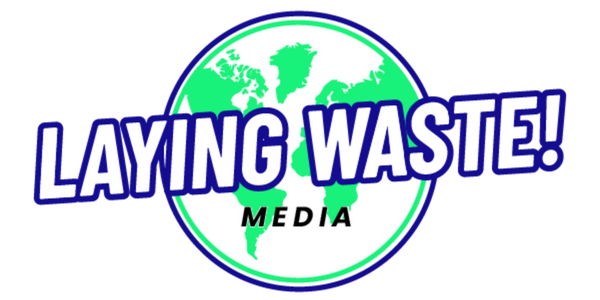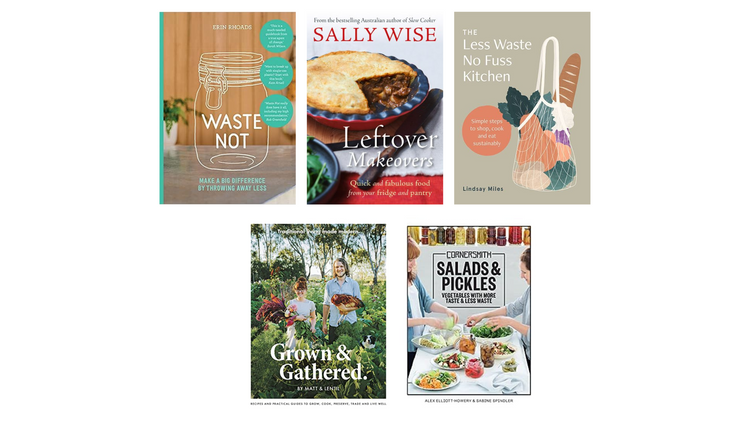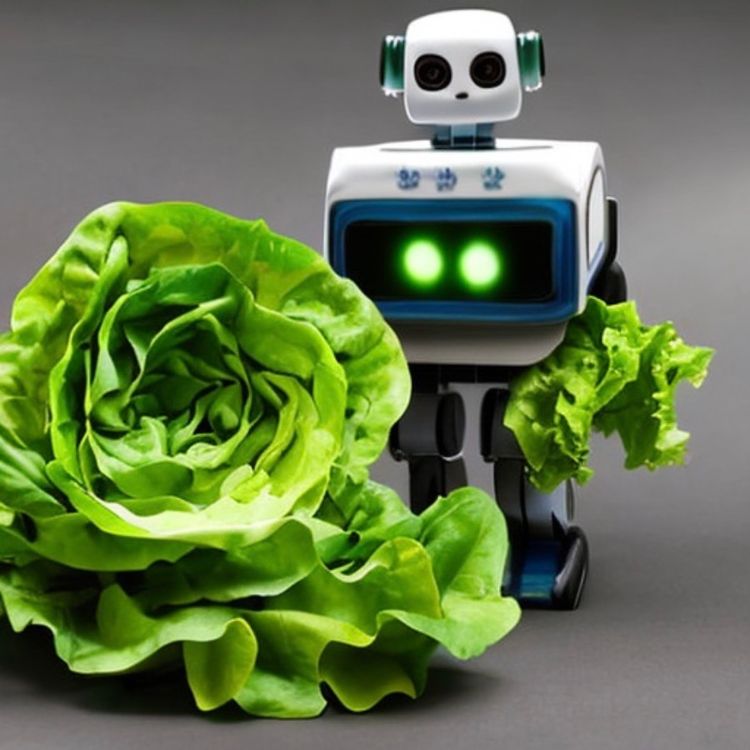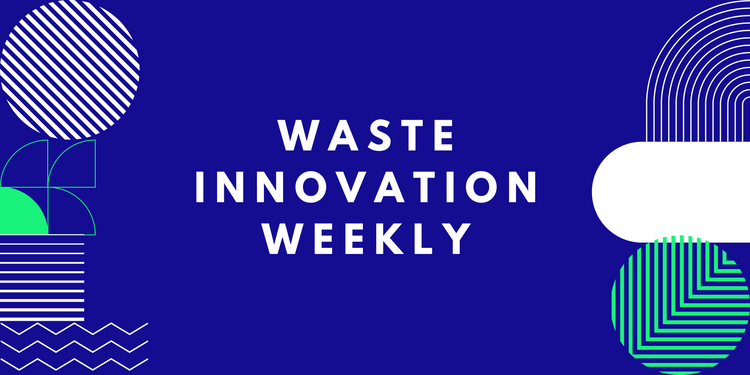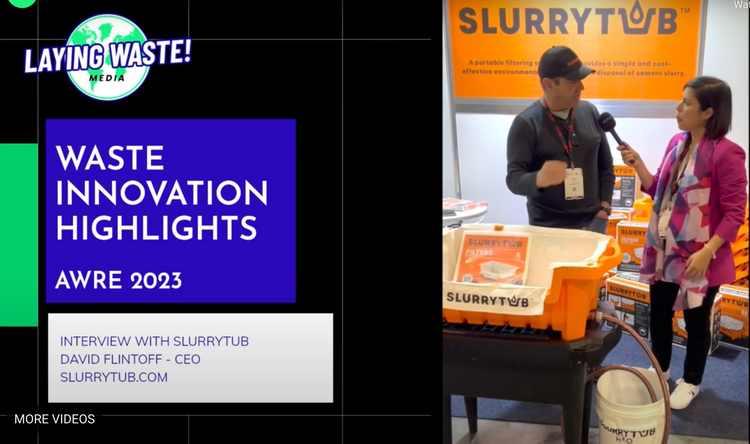Targeting Zero Waste: How Australia Aims to Tackle Our Biggest Waste Challenges 🎯
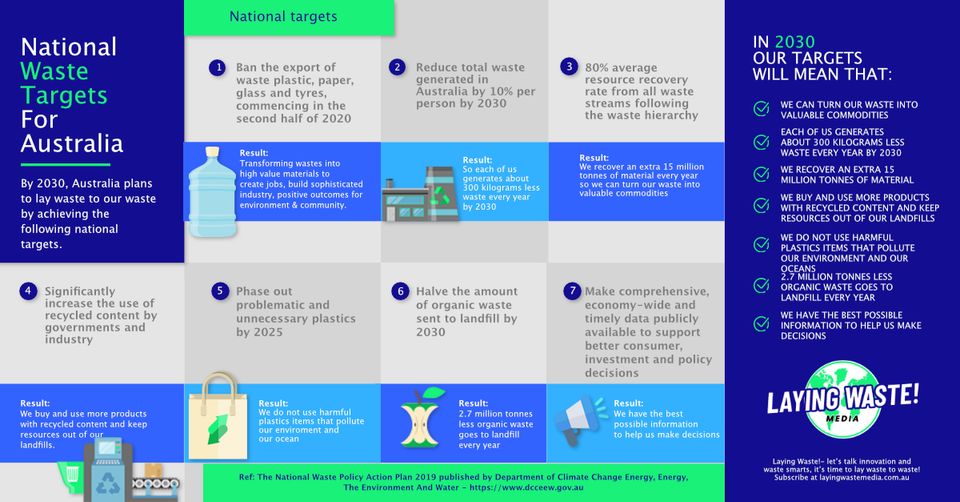
The Australian government has set out some ambitious targets to help reduce waste and its impact on our environment.
In the next 7 years, the aim of the National Waste Targets set out in 2018 is to tackle some of the biggest waste challenges we face as a society.
As we approach 2030, these targets will have a significant impact on the waste industry, and businesses will need to adapt and innovate to meet them.
Each target presents an opportunity for waste management, recycling and sustainability businesses and startups to develop new solutions that address the specific challenges we face, such as reducing plastics and increasing resource recovery.
So let's explore what each target means and how we can work together to lay waste to our waste!
Here's a 30 second summary (TLDR version):
🎯The National Waste Targets 🎯
1. Banning the export of waste plastic, paper, glass, and tyres.
Starting January 2021 through to December 2021, the export of each of these materials except for Paper & Cardboard have been regulated by the Recycling and Waste Reduction Act 2020. The aim is to export useful materials derived from that waste to minimise
This target presents a unique opportunity for waste businesses to invest in new technology and infrastructure for recycling and processing of these materials domestically.
This move aims to transform wastes into high-value materials to create jobs, build sophisticated industry, and have positive outcomes for the environment and the community.
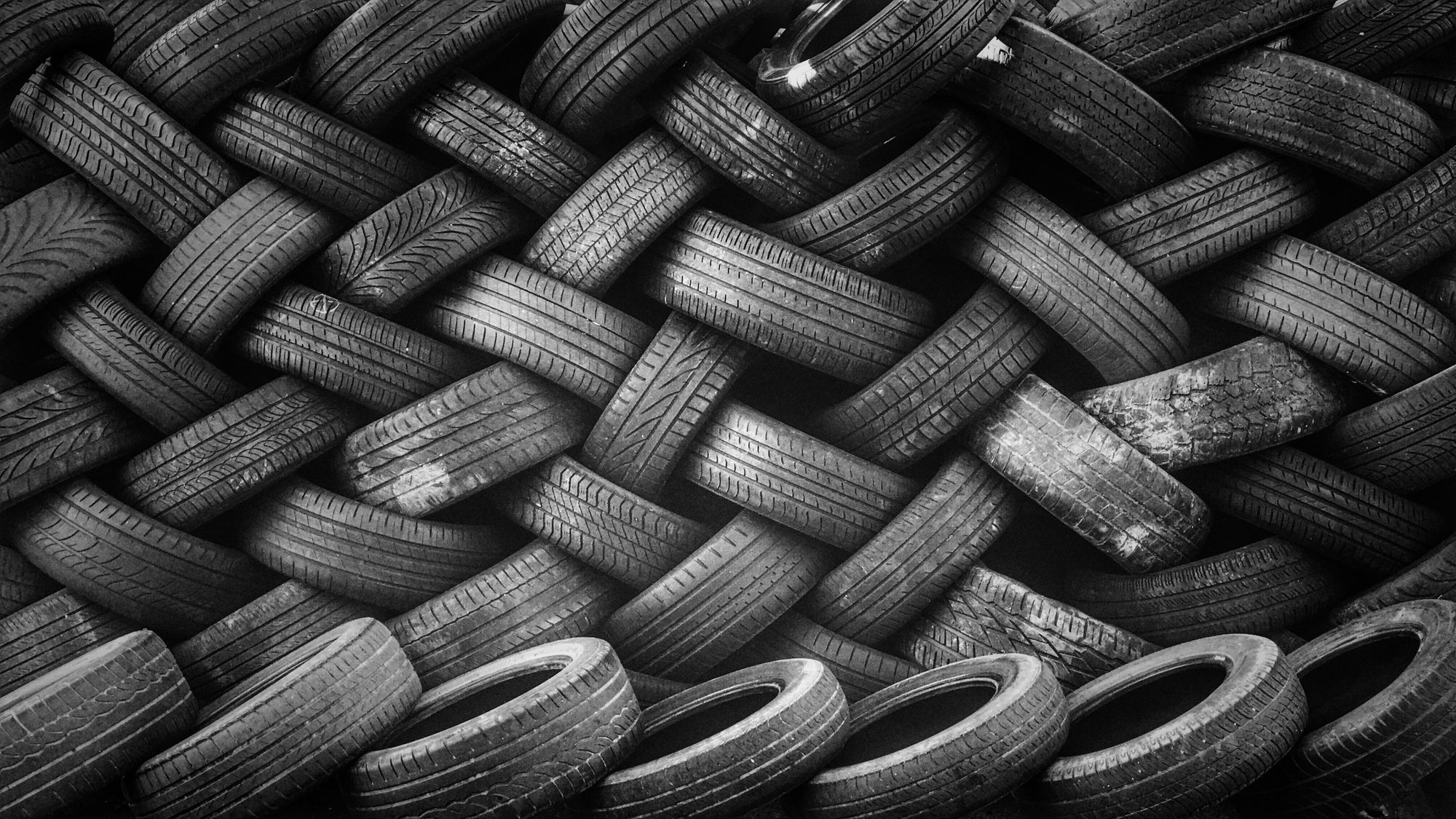
2. Reduce total waste generated in Australia by 10% per person by 2030.
Taking the bins out is something we all do and in Australia, as long as we put the cardboard in the yellow bin and the grass cuttings in the green bin we don't think much more about it. But more needs to be done and aiming to reduce and minimise the waste we create is the ultimate goal.
If we achieve this, it means that each of us will generate about 300 kilograms less waste every year by 2030.
[Note that the definition of "per person" at the time the National Waste Action Plan was drafted in 2019 was yet to be defined by Environment Ministers in 2020]
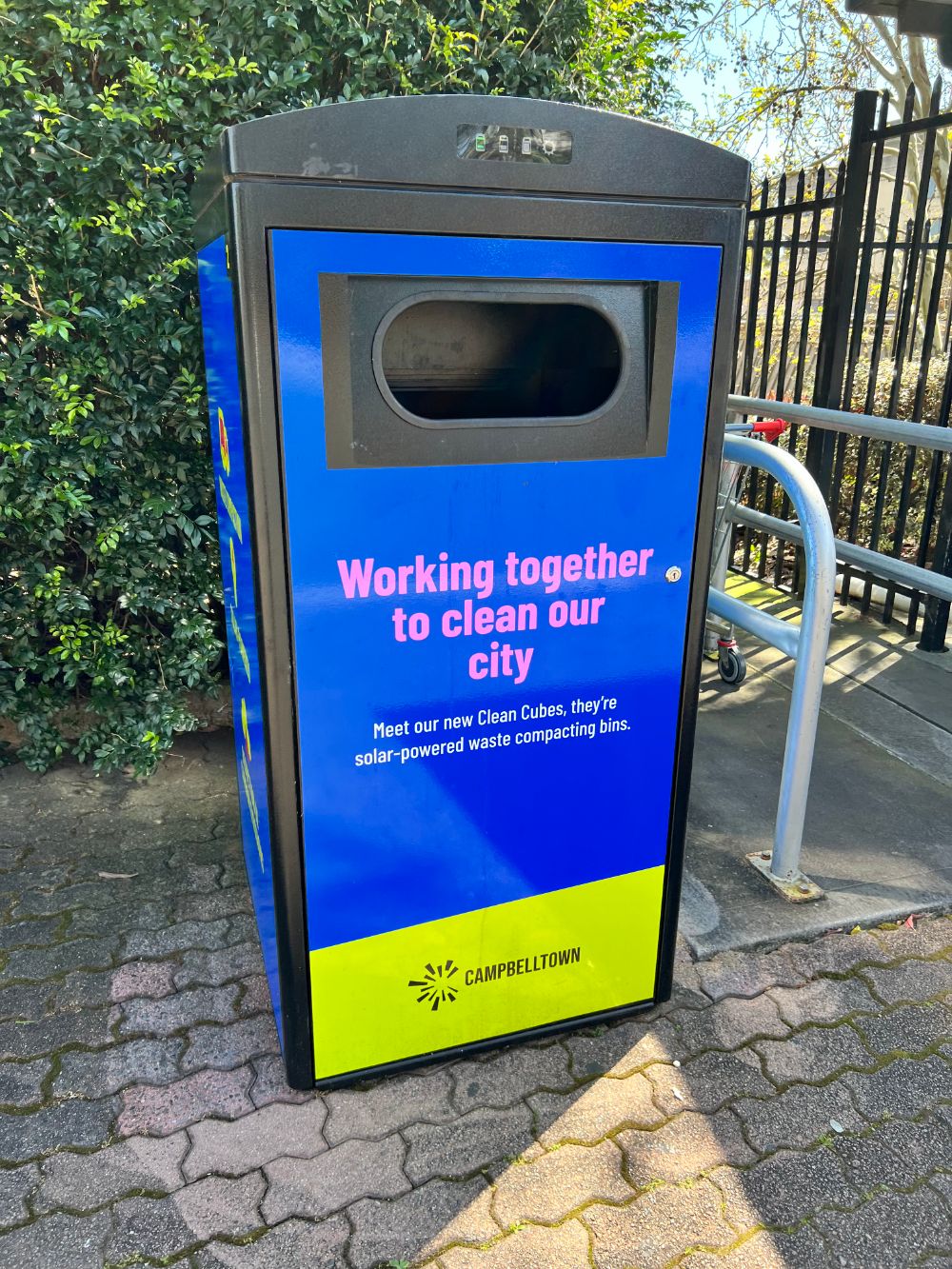
3. Increasing The Percentage Of Useful Waste Materials Recovered As Energy
Or For Recycling
So the third national target set out is to achieve an 'average resource recovery rate of 80%' from all waste by 2030.
What this means is getting more use out of the waste by extracting useful materials and even energy that would otherwise be left discarded in landfill.
An every day example of resource recovery would be recycling paper or aluminium cans. When we recycle paper, we're recovering and recycling the valuable resources (trees and water) used to make it and giving it a second life by turning it into useful products.
Increasing the recovery rate would ideally result in recovering an extra 15 million tonnes of material every year, diverting it from landfill sites that are capacity and creating new jobs and business opportunities in the process.
This target will require waste businesses to adopt new processes and technologies to help meet the increased demand for resource recovery and recycling.
Businesses that are able to stay on top of these changes will be well positioned to meet the growing demand for recycling services not only for existing waste but also future needs in solar panel recycling for example.

4. Significantly increase the use of recycled content by governments and industry.
While we might be using our Keep Cups, buying recycled and composting at an individual level, we also need the world around us to be more sustainable. The roads we drive on, the cars we drive, the houses we live in, the schools and buildings we learn and work in.
We need businesses and industry to drive and support sustainable innovation in infrastructure and product development.
In an ideal world, this means that we will buy and use more industrial products and building materials with recycled content and keep resources out of our landfills.
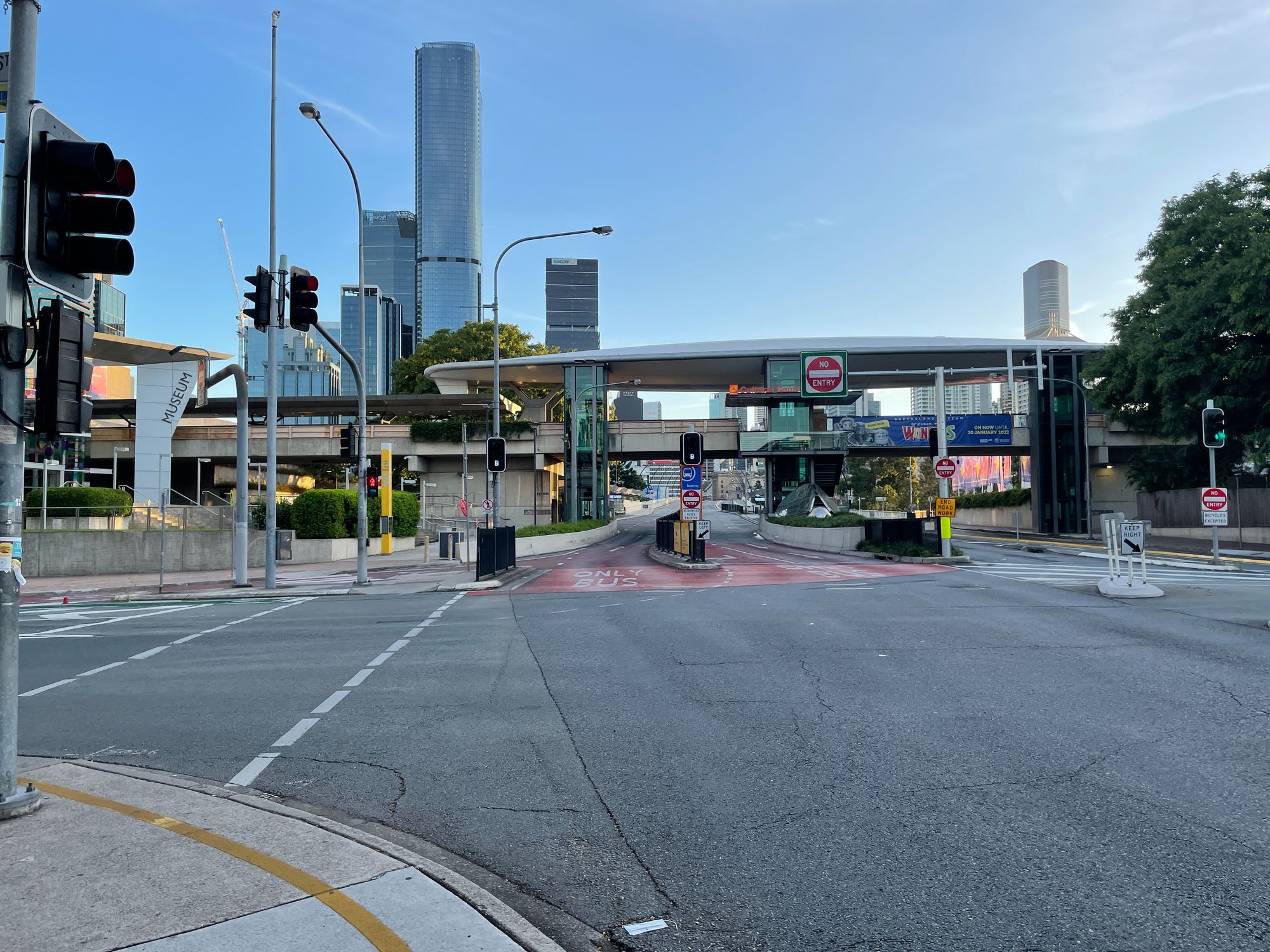
5. Phase out problematic and unnecessary plastics by 2025.
We see the impact on our beaches, lakes and reserves. It's a tsunami of single use plastics. Whether it's bottles floating in the ocean or a plastic bag wrapped around a ducks neck.
Plastic litter like bottles, bags, straws and packaging that are 'single use' are often not recycled and end up in landfills, oceans and in our waterways.
Reducing the use of single use plastics and phasing out unecessary plastics is an important step towards protecting our environment and wildlife.
With increased focus on reducing packaging waste, businesses will need to find new ways to create sustainable packaging solutions.
Better management of the end of life disposal of the chemicals and hazardous wastes used in the manufacture of these plastics is also a critical part of this approach.
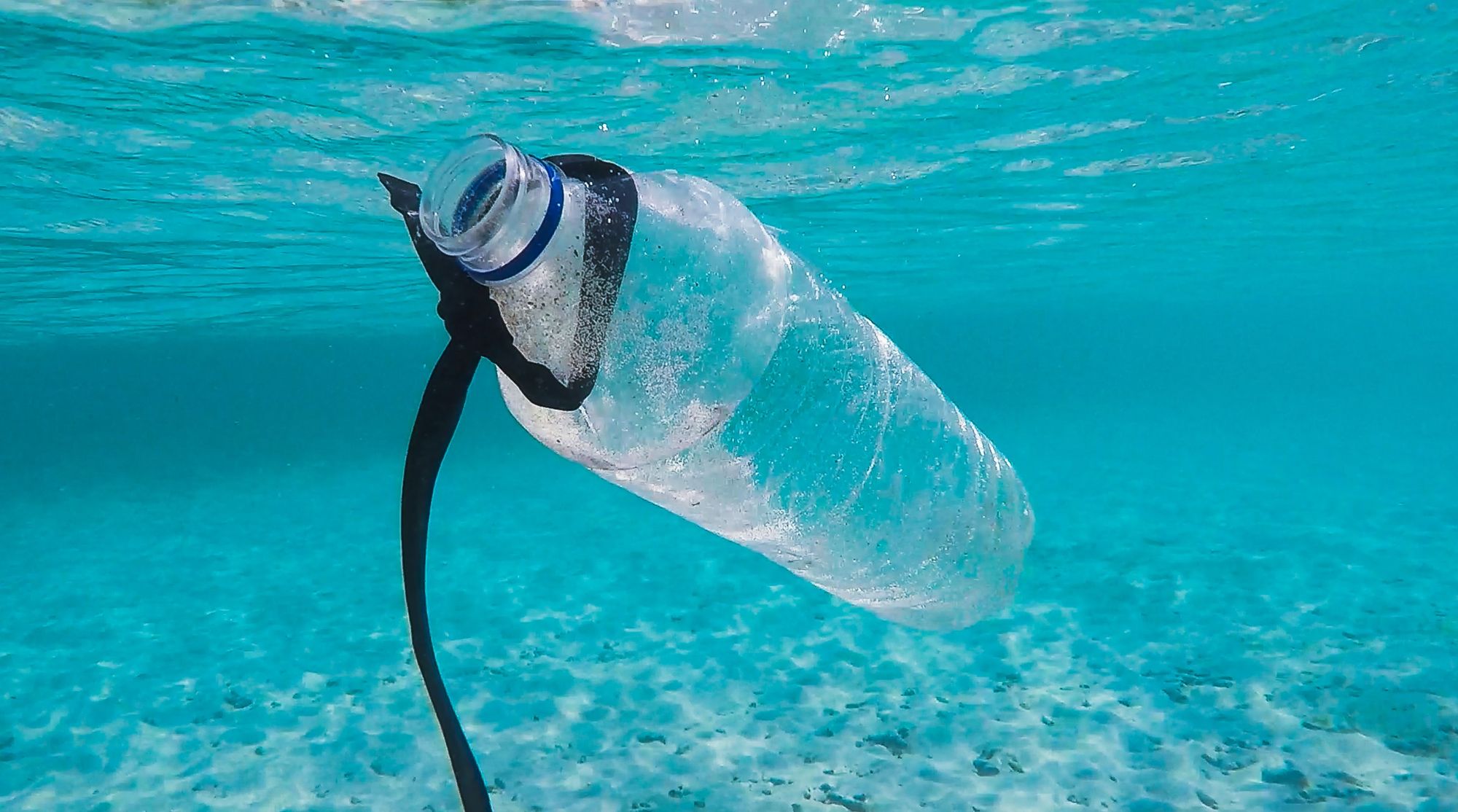
6. Halve the amount of organic and food waste sent to landfill by 2030.
According to the most recent National Waste Report from 2022, food organics waste generated from households and businesses in 2020-21 amounted to approximately 4.70 million metric tonnes, with the majority of this waste (3.90 Mt, or 83%) being sent to landfill.
Organic waste includes your food waste and garden waste which could be turned into compost or rescued to provide food for animals or people.
Just because you're throwing your expired food and leftover schnitty into the bin, it doesn't mean that its decomposing into something useful when it hits landfill.
In fact when it goes to landfill, food waste rots and releases methane gas into the air. It also takes up valuable space and can lead to contaminated soil and groundwater.
Achieving this means that 2.7 million tonnes less organic waste will go to landfill every year.
To meet this target businesses will need to implement new collection and processing methods for organic waste.
Innovative solutions such as anaerobic digestion or composting will become more important in achieving this target.

7. Provide accessible and up-to-date data for consumers, investors, and policymakers to make informed decisions.
By sharing high quality data, the last target aims to support businesses and government to better manage waste and look for new opportunities.
This includes investing in market development and research to ensure that the most up-to-date and comprehensive information is available to inform waste management decisions.
The goal is to provide timely and relevant data that will enable businesses and policymakers to make informed choices about waste reduction, reuse, and recycling, ultimately contributing to a more sustainable future.
Thank you for reading this far!
At Laying Waste! we’re exploring how Aussie start ups, organisations and businesses are tackling waste in the countdown to a cleaner, greener Australia.
If this blog post has interested you, sign up to our newsletter to get the latest content delivered to your inbox. We promise not to spam you.
